Welcome to the vibrant world of annual decorative grasses! Whether you are a seasoned gardener or just starting, these plants can offer stunning visuals and a unique texture to your garden. Through my own gardening journey, I’ve witnessed the transformative power of these grasses, and I’m excited to share everything you need to know to incorporate them into your landscape.
What are Annual Decorative Grasses?
Annual decorative grasses are plants that complete their life cycle in one growing season. Unlike their perennial counterparts, which return year after year, annual grasses add a burst of seasonal flair, making them an ideal choice for seasonal gardens and containers. Their diversity in height, texture, and color can create depth in your landscape design.
Benefits of Using Annual Decorative Grasses
- Versatility: They can be used in borders, fillers, or as statement pieces.
- Seasonal Interest: Annual grasses provide color and texture from spring to fall.
- Easy Maintenance: Generally, they require less upkeep than many flowering plants.
- Wildlife Friendly: Many attract beneficial insects and birds.
Popular Types of Annual Decorative Grasses
Exploring the diverse types of annual decorative grasses can be overwhelming, but here are some of the most popular options that can fit various garden styles.
1. Penniwise Grass (Pennisetum setaceum)
This striking grass features bottlebrush-like flower spikes and is often seen in warm climates.
Key Features:
- Height: 2-3 feet
- Sunlight: Full sun
- Watering: Moderate
2. Japanese Blood Grass (Imperata cylindrica ‘Red Baron’)
Known for its stunning red tips, this grass adds a bold touch to any garden.
Key Features:
- Height: 1-2 feet
- Sunlight: Full sun to partial shade
- Watering: Moderate
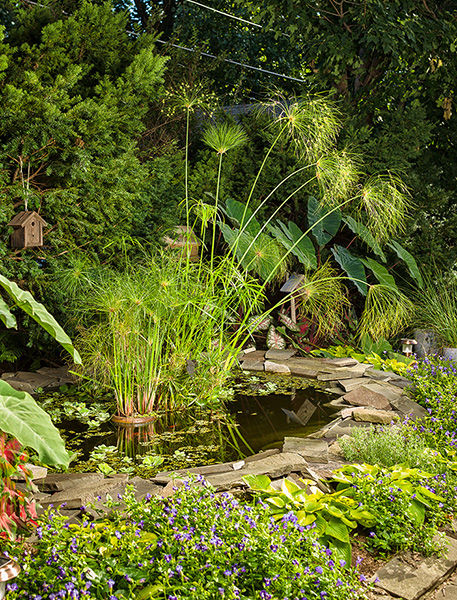
3. Purple Fountain Grass (Pennisetum setaceum ‘Rubrum’)
This ornamental grass adds a deep purple hue and graceful arching form, perfect for a dramatic effect.
Key Features:
- Height: 3-4 feet
- Sunlight: Full sun
- Watering: Moderate
4. Foxtail Grass (Alopecurus pratensis)
Its fluffy seed heads resemble fox tails, and it thrives in rich, well-drained soil.
Key Features:
- Height: 1-2 feet
- Sunlight: Full sun
- Watering: Regular
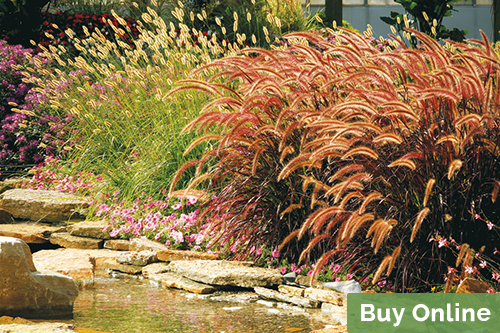
5. Annual Blue Fescue (Festuca glauca)
With its bluish-gray foliage, this grass works beautifully in rock gardens and borders.
Key Features:
- Height: 6-12 inches
- Sunlight: Full sun
- Watering: Low
Caring for Annual Decorative Grasses
Caring for these lovely grasses is quite straightforward. Here are some essential tips based on personal experience to ensure your annual decorative grasses flourish:
Soil Preparation
Start with well-draining soil rich in organic matter. Adding compost can improve soil structure and nutrition.
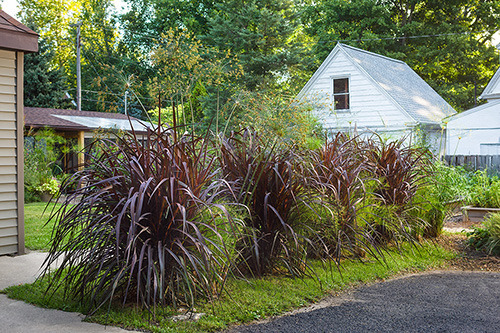
Watering Guidelines
Most annual grasses prefer moderate watering, especially during dry spells. Ensure that the soil dries out a bit between watering sessions.
Fertilization Tips
A light feeding of a balanced fertilizer every 4-6 weeks during the growing season can promote healthy growth and vibrant colors.
Common Problems and Solutions
- Overwatering: Watch for signs of wilting or yellowing leaves.
- Pest Issues: Common pests include aphids; using insecticidal soap can help.
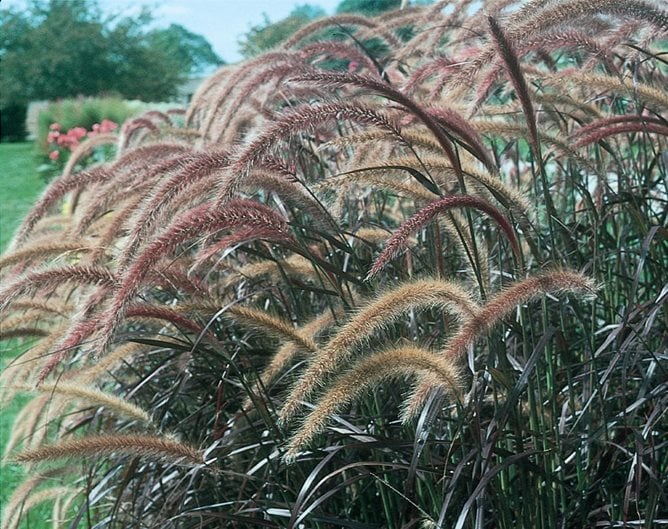
Designing with Annual Decorative Grasses
Incorporating annual decorative grasses into your landscape can elevate your garden’s aesthetic. Here are some creative ideas:
As Focal Points
Use tall grasses like Purple Fountain Grass as a centerpiece in your garden or patio to draw attention.
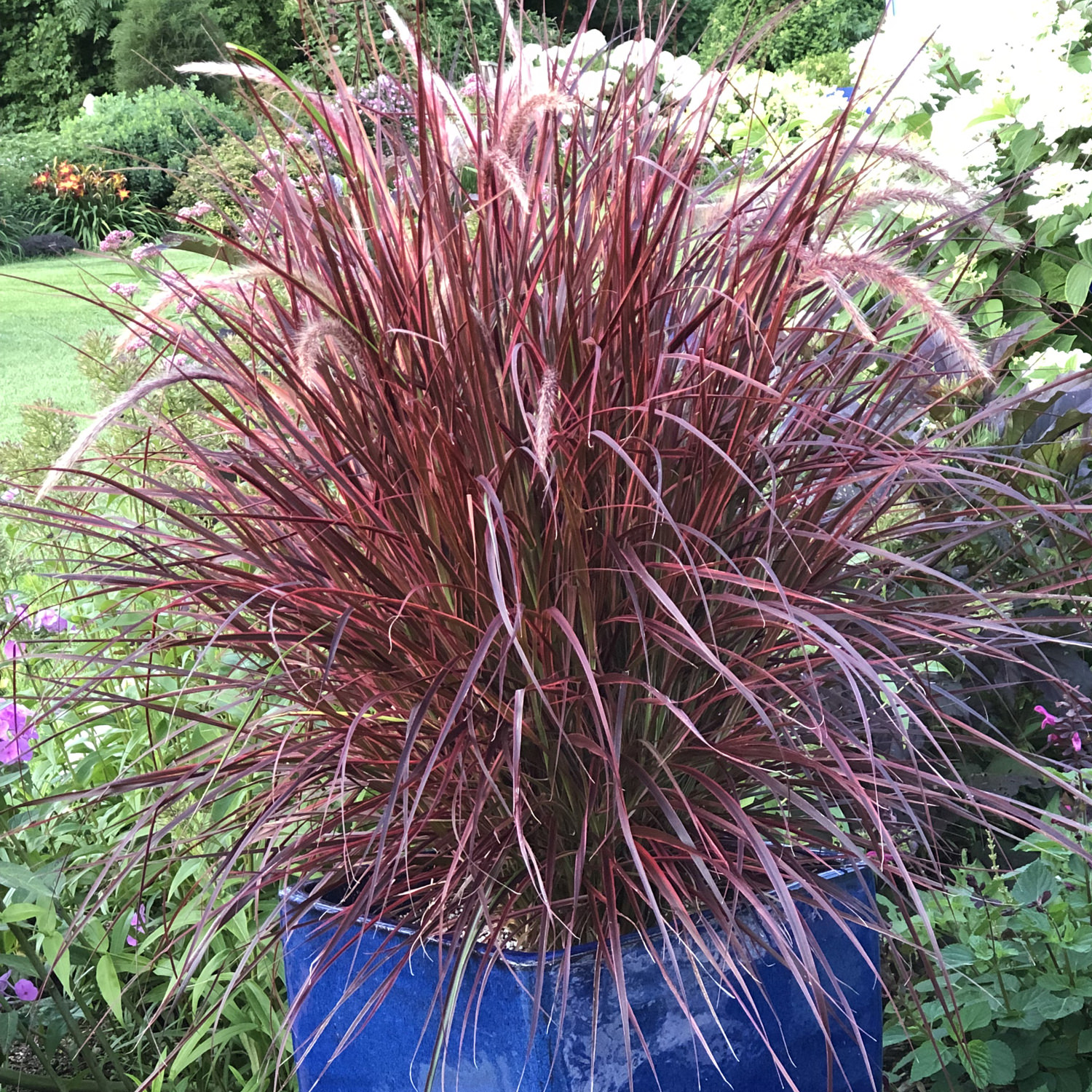
In Mixed Borders
Combine different grasses with flowering plants for a stunning visual effect. The contrast in textures can make a significant impact.
In Containers
Grasses thrive in pots and can be used to create mobile garden displays. They add movement and life to patios and balconies.

Comparison Table of Popular Annual Decorative Grasses
| Grass Name | Height | Sunlight | Watering |
|---|---|---|---|
| Penniwise Grass | 2-3 feet | Full sun | Moderate |
| Japanese Blood Grass | 1-2 feet | Full sun to partial shade | Moderate |
| Purple Fountain Grass | 3-4 feet | Full sun | Moderate |
| Foxtail Grass | 1-2 feet | Full sun | Regular |
| Annual Blue Fescue | 6-12 inches | Full sun | Low |
Pros and Cons of Annual Decorative Grasses
Understanding both the benefits and drawbacks of annual decorative grasses can help you make informed choices for your garden.
Pros
- Seasonal Variety
- Low Maintenance
- Enhances Garden Aesthetics
- Supports Biodiversity
Cons
- Annual Lifecycle: Requires replanting each year
- Potential for Invasiveness: Some species can spread quickly
- Limited Longevity: May not perform well in extreme climates
Frequently Asked Questions
1. How do I choose the right annual decorative grass for my garden?
Consider factors like the sun exposure, height, and texture you want to achieve. Always check the specific needs of each grass type.
2. Can I use annual decorative grasses in shaded areas?
Some grasses can tolerate partial shade, like Japanese Blood Grass, but most prefer full sun. Check the specific requirements of each type.
3. How often should I water annual decorative grasses?
Watering should be moderate, allowing the soil to dry a bit between watering sessions. Adjust based on local weather conditions.
4. Are annual decorative grasses good for attracting wildlife?
Yes! Many annual grasses attract beneficial insects and birds, providing a habitat that supports local wildlife.
5. What is the best way to incorporate annual grasses into my garden design?
Experiment with different heights, textures, and colors. Place taller grasses at the back of borders or use them as standalone focal points in containers.